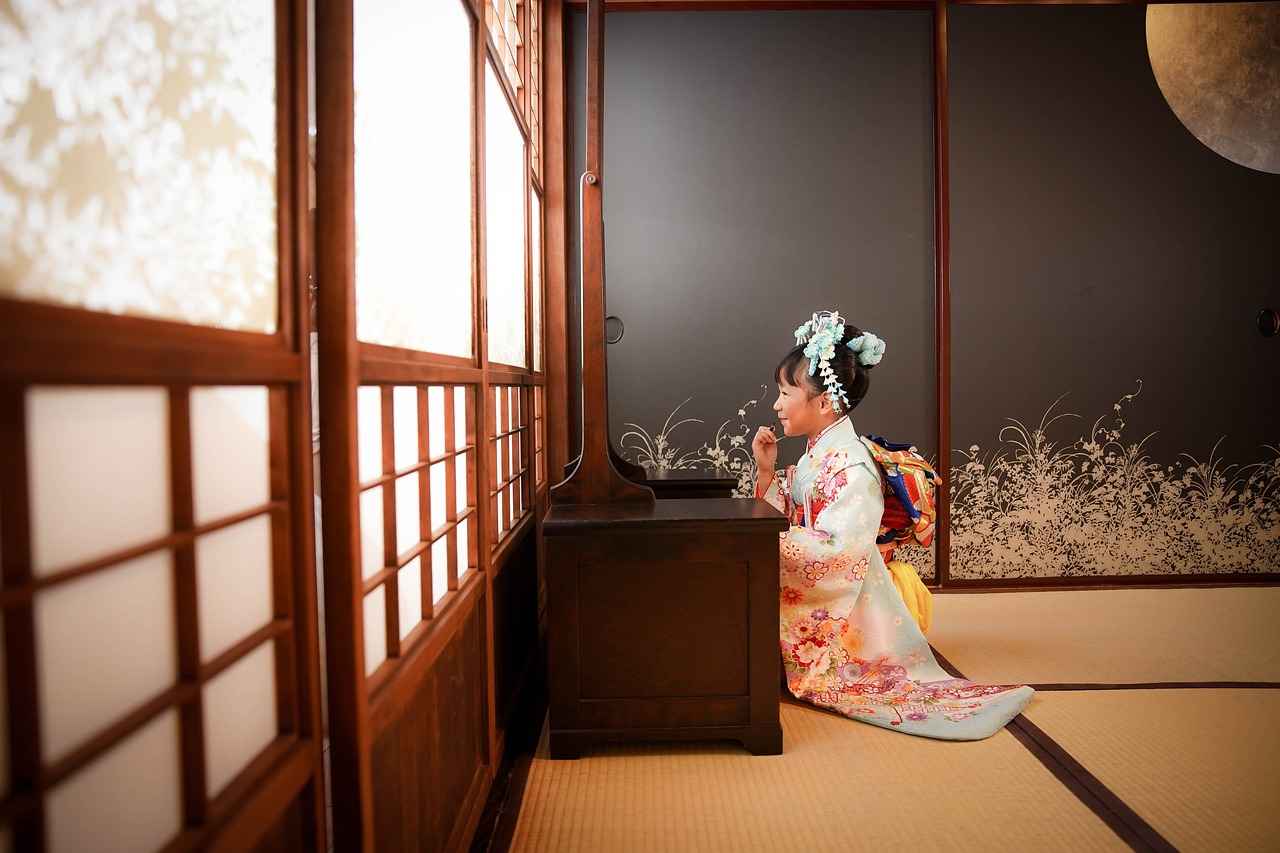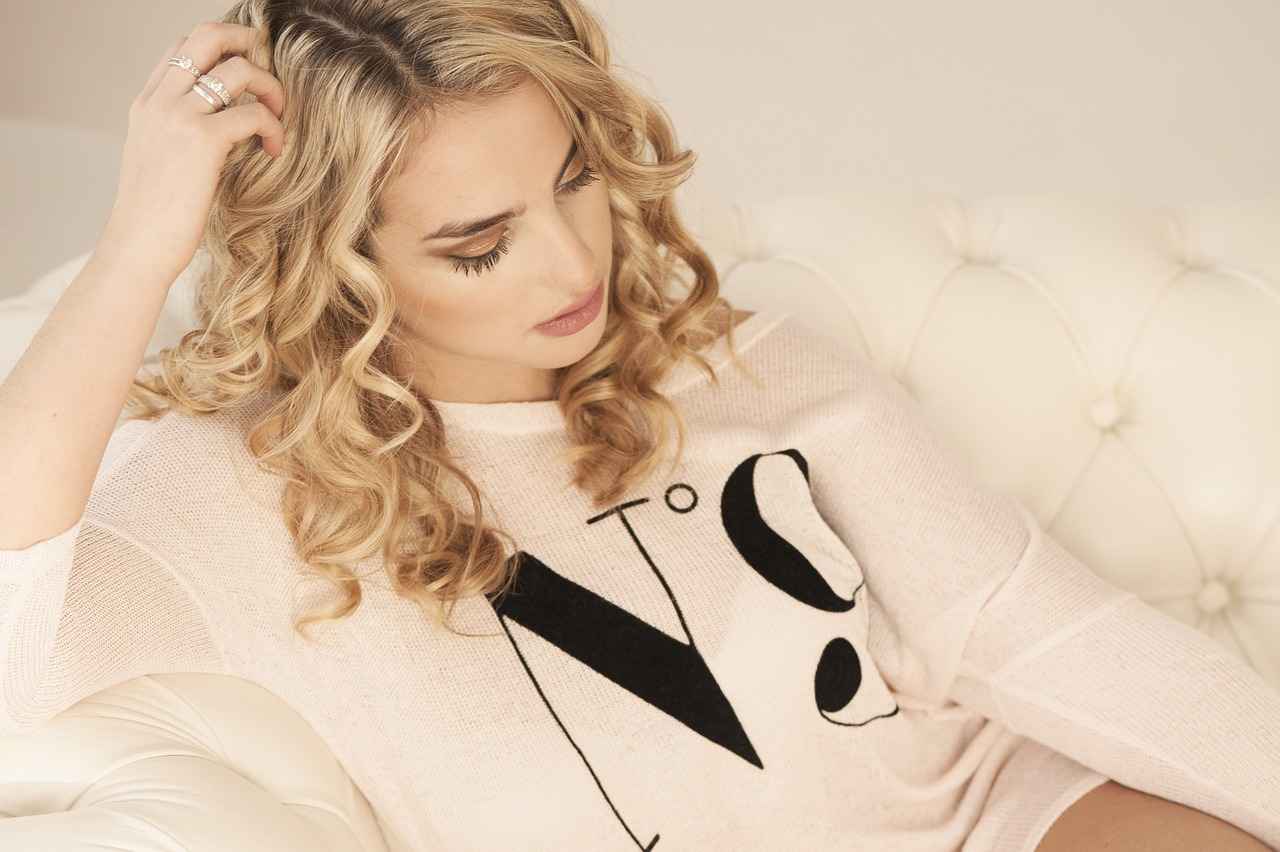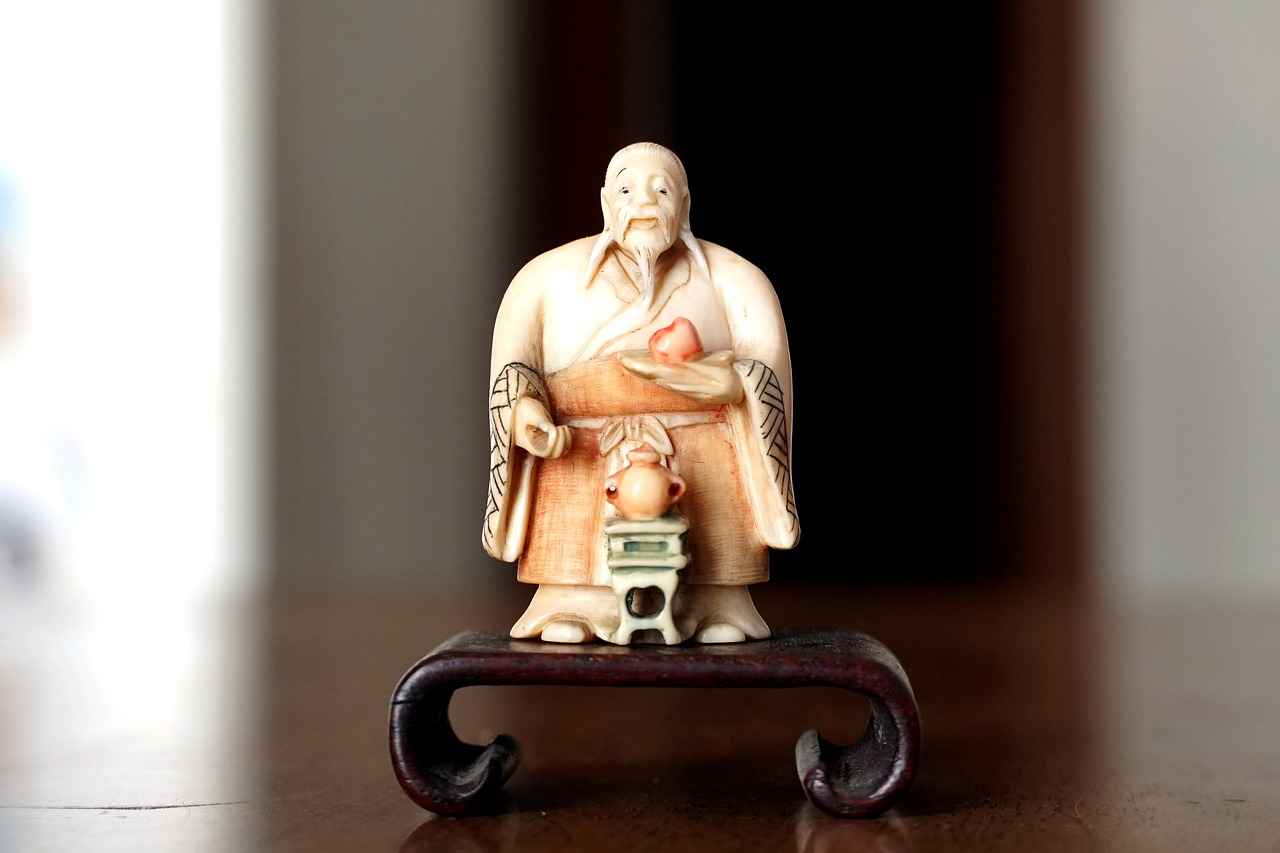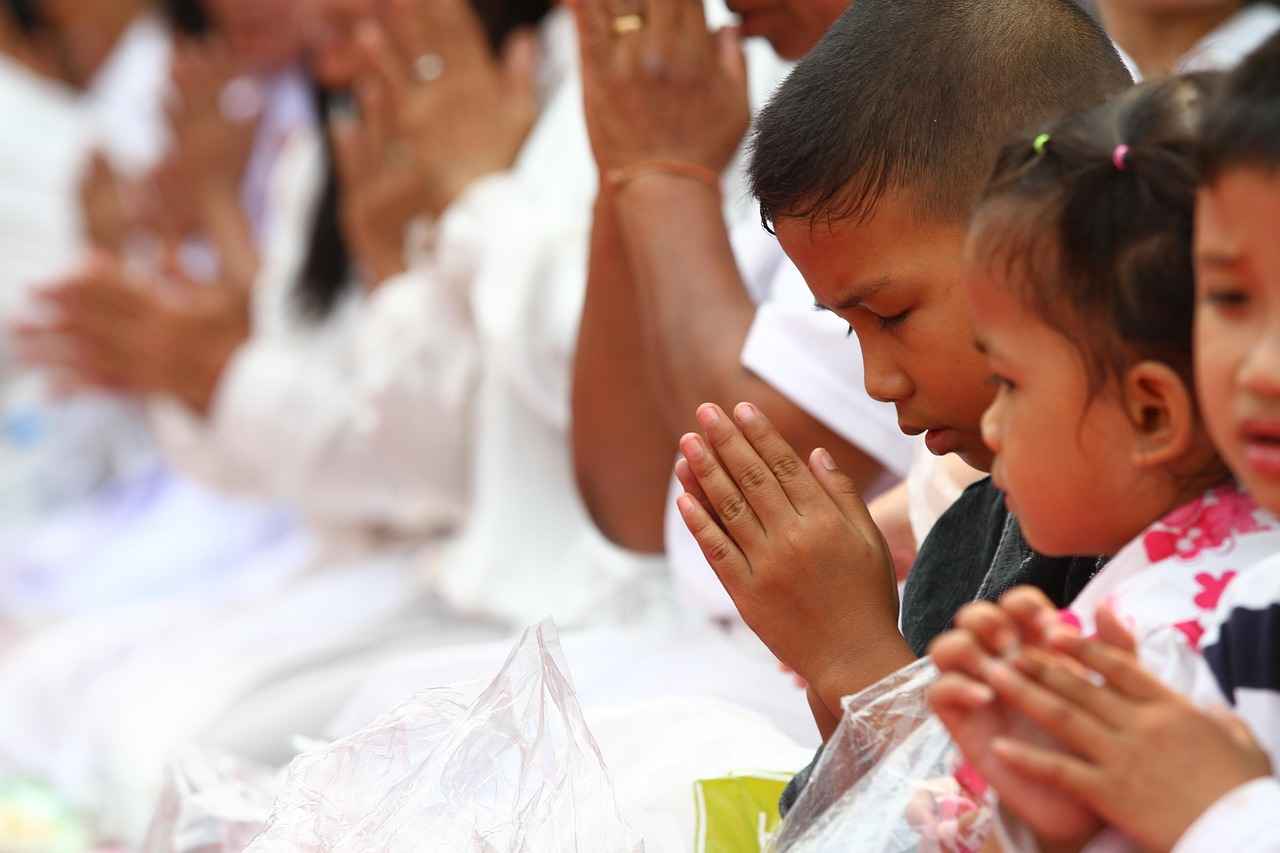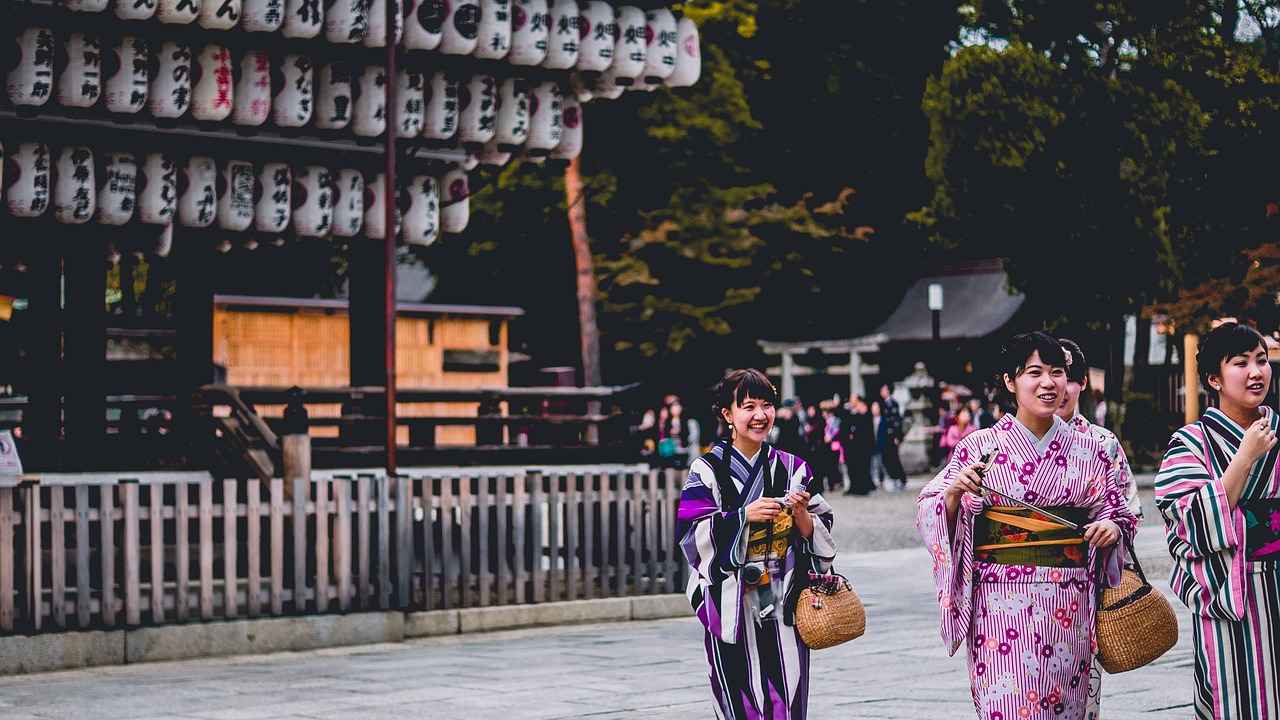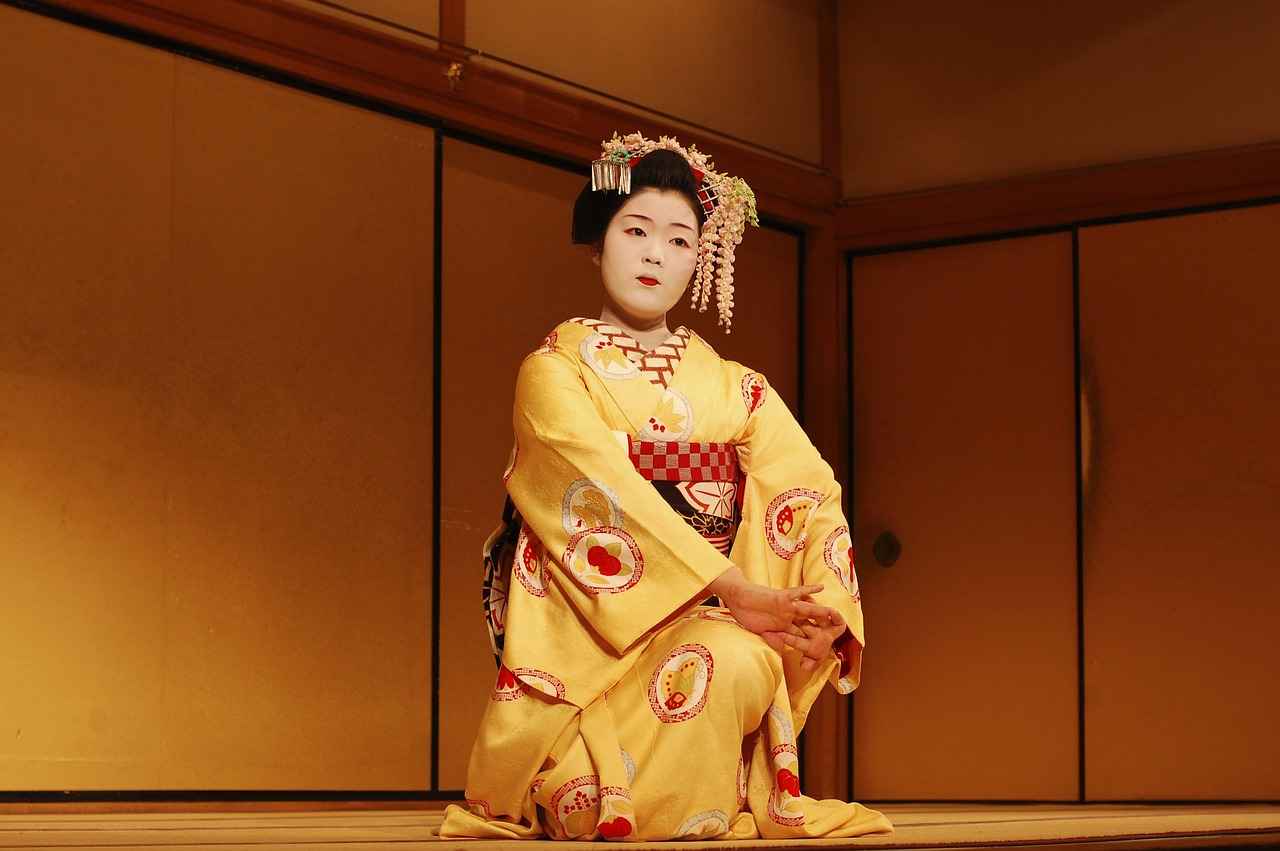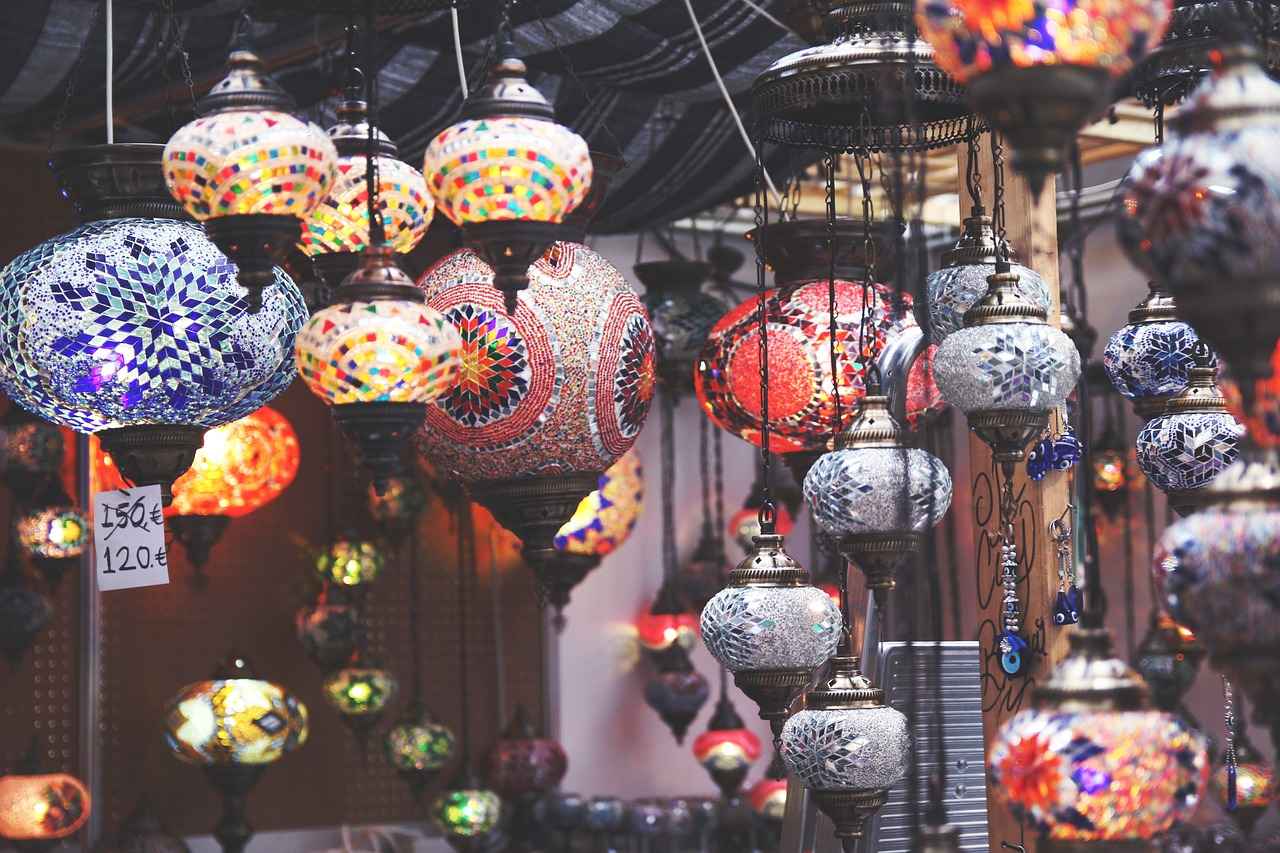This article delves into the rich symbolism associated with the kimono obi, exploring its cultural significance, design variations, and the emotional connections it fosters within Japanese tradition.
The Historical Origins of the Obi
The obi has a storied history that reflects its evolution from a practical garment to a symbol of cultural identity in Japan. Initially used to secure the kimono, the obi has transformed into a decorative element that carries deep meaning.
Types of Obi: A Comprehensive Guide
- Fukuro Obi: Known for its elegance, the Fukuro obi is versatile and often worn during formal occasions.
- Maru Obi: This full-width obi exudes luxury and grandeur, making it significant in traditional ceremonies.
- Haneri and Obijime: These components complement the obi, enhancing the overall aesthetic of the kimono ensemble.
The Symbolic Colors and Patterns of Obi
Colors and patterns on the obi are rich in meaning. They are not merely decorative but are steeped in cultural relevance.
- Colors and Their Meanings: Each color symbolizes different emotions and cultural beliefs, with popular colors holding specific significance.
- Patterns and Their Cultural Significance: The patterns often tell stories or represent cultural motifs, reflecting their historical contexts.
Wearing the Obi: Techniques and Styles
The way an obi is worn can convey different messages. Understanding the tying techniques and styles is essential for appropriate presentation.
- Tying Techniques: Various methods can affect the obi’s appearance and its symbolism.
- Styling Tips for Different Occasions: Selecting the right obi for specific events is crucial to honor traditions.
Modern Interpretations of the Obi
Today, the obi is being reimagined in contemporary fashion, blending tradition with modernity. Designers are incorporating obi elements into everyday wear, showcasing its global influence.
Conclusion: The Enduring Legacy of the Obi
The kimono obi remains a powerful symbol of Japanese culture, embodying tradition, artistry, and emotion. Its ongoing relevance highlights the importance of preserving this cultural heritage.
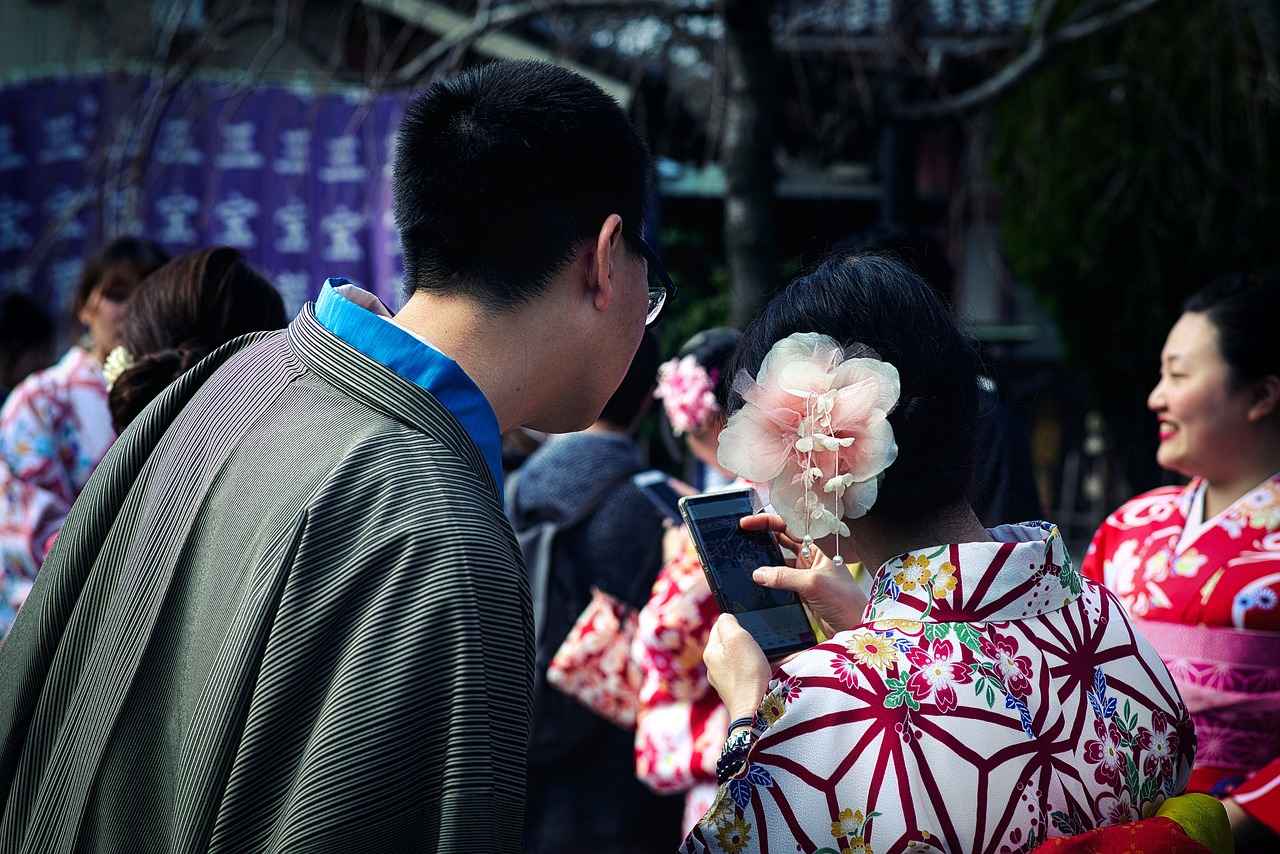
The Historical Origins of the Obi
Understanding the historical development of the obi provides profound insight into its significance, tracing its evolution from a practical garment to a powerful symbol of cultural identity in Japan. The obi, a traditional sash worn with the kimono, has undergone significant transformations over the centuries, reflecting the changes in Japanese society, fashion, and values.
Originally, the obi was a functional accessory, designed to secure the kimono and enhance the wearer’s silhouette. During the Heian period (794-1185), the obi was relatively simple, often made from the same fabric as the kimono. As time progressed, particularly during the Edo period (1603-1868), the obi began to evolve in both style and significance. It became a canvas for artistic expression, showcasing intricate designs and vibrant colors that conveyed the wearer’s social status and personal taste.
The transition of the obi from a mere functional item to a cultural emblem can be attributed to various factors. The Meiji Restoration in the late 19th century marked a period of significant change in Japan, where Western influences began to permeate traditional practices. Despite these changes, the obi retained its importance, symbolizing a connection to heritage and tradition.
Today, the obi is not just an accessory but a representation of Japanese aesthetics and values. It embodies the concept of beauty in simplicity and elegance, often adorned with patterns that tell stories or symbolize auspicious meanings. The way an obi is tied can also convey different messages, reflecting the wearer’s mood or the occasion’s formality.
In conclusion, the historical origins of the obi reveal its deep-rooted significance in Japanese culture. From its practical beginnings to its status as a cultural icon, the obi continues to be a vital part of the kimono ensemble, representing a rich tapestry of tradition, artistry, and identity.
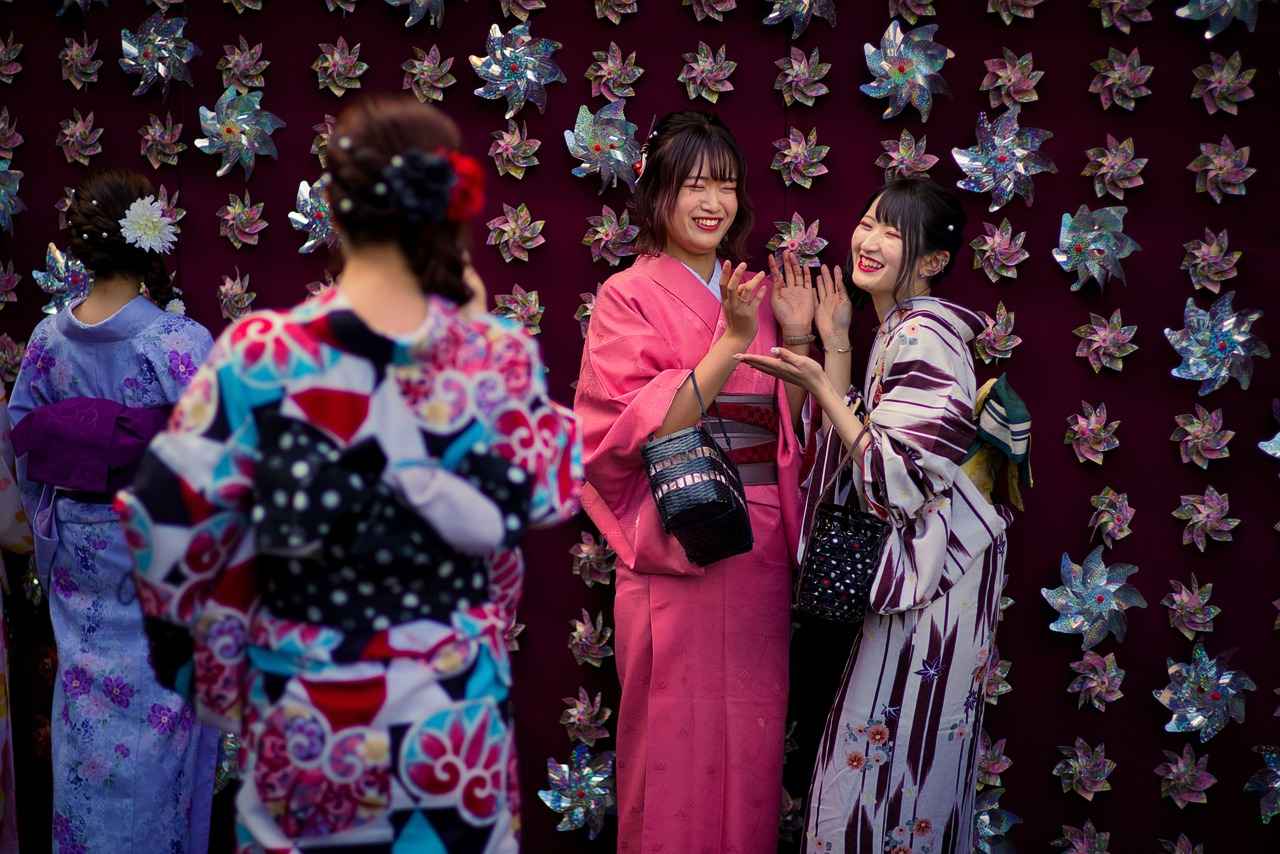
Types of Obi: A Comprehensive Guide
The kimono obi is not just a simple belt; it is a vital component of traditional Japanese attire, rich in history and cultural significance. Understanding the various types of obi can greatly enhance your appreciation of this beautiful accessory. Each type serves different purposes, occasions, and styles, reflecting the wearer’s personality and the cultural context.
Obi can be categorized based on their style, fabric, and usage. Below are some of the most prominent types:
- Fukuro Obi: This type is characterized by its elegant design and is typically worn during formal occasions such as weddings and tea ceremonies. The Fukuro obi is often made from luxurious fabrics and features intricate patterns.
- Maru Obi: Known for its full width, the Maru obi is the epitome of luxury. It is generally worn by brides and during significant traditional events. The Maru obi’s lavish designs often symbolize prosperity and happiness.
- Haneri: This is a decorative collar worn with the kimono that complements the obi. It adds an extra layer of style and is often made from contrasting fabrics.
- Obijime: This is a cord that secures the obi in place and adds a touch of elegance. Obijime can come in various colors and materials, enhancing the overall look of the kimono ensemble.
Each type of obi serves a unique purpose and is chosen based on the occasion and the kimono style being worn. Understanding these distinctions allows for a deeper appreciation of the artistry involved in traditional Japanese clothing.
In conclusion, the variety of obi types showcases the intricate relationship between fashion and cultural expression in Japan. Whether for a formal event or a casual gathering, the right obi can elevate the entire kimono experience.
Fukuro Obi
The is a traditional Japanese sash that embodies elegance and versatility, making it a popular choice for various formal occasions. This beautiful accessory is often characterized by its intricate designs and rich textures, which can vary significantly depending on the fabric and pattern used. In this section, we will explore the distinctive features of the Fukuro Obi and the specific events where it is most appropriately worn.
| Characteristic | Description |
|---|---|
| Design | The Fukuro Obi is typically wider than other types of obi, often featuring elaborate patterns that can include floral motifs, geometric shapes, and symbolic imagery. |
| Fabric | Commonly made from luxurious materials such as silk, the Fukuro Obi is often embellished with embroidery or gold thread, enhancing its opulence. |
| Versatility | While it is primarily worn during formal events, the Fukuro Obi can also be styled for semi-formal occasions, making it a flexible addition to any kimono ensemble. |
The Fukuro Obi is best suited for formal occasions such as weddings, tea ceremonies, and other significant cultural events. It is often worn by women, paired with elegant kimonos that complement its intricate designs. Additionally, the obi can be tied in various styles, allowing for personal expression while adhering to traditional aesthetics.
- Weddings: A popular choice for brides and guests alike, the Fukuro Obi adds a touch of sophistication to wedding attire.
- Tea Ceremonies: The formal nature of these events calls for the elegance that the Fukuro Obi provides.
- Cultural Festivals: Many participants in traditional festivals opt for the Fukuro Obi to showcase their cultural heritage.
In conclusion, the Fukuro Obi is not just a functional accessory; it is a symbol of Japanese culture and artistry. Its elegant design and versatility make it a cherished element of traditional attire, suitable for various formal occasions.
Maru Obi
The Maru Obi is a full-width obi that exudes luxury and grandeur. This exquisite piece of traditional Japanese attire is not just a fashion statement but also a symbol of cultural heritage and significance in various ceremonies.
Characterized by its rich fabrics and elaborate designs, the Maru obi is typically made from luxurious materials such as silk, often adorned with intricate patterns and motifs that tell a story or convey a particular message. Unlike other types of obi, the Maru obi is designed to be worn with the kimono in formal settings, making it a popular choice for weddings, tea ceremonies, and other significant events.
- Unique Features: The Maru obi is fully lined, which adds to its weight and elegance. This full-width design allows for a more dramatic presentation, making it a favorite among those who appreciate traditional Japanese aesthetics.
- Cultural Significance: In Japanese culture, the Maru obi is often associated with celebration and festivity. Its use in ceremonies signifies respect and honor, reflecting the importance of the occasion.
- Styling Versatility: While primarily worn with formal kimonos, the Maru obi can also be styled in various ways, allowing wearers to express their individuality while adhering to traditional norms.
Furthermore, the Maru obi has evolved over time, adapting to modern tastes while still retaining its cultural essence. Designers today experiment with colors and patterns, ensuring that this traditional accessory remains relevant in contemporary fashion.
In conclusion, the Maru obi stands as a testament to Japan’s rich cultural history and artistry. Its luxurious design and significant role in traditional ceremonies make it an enduring symbol of elegance and respect.
Haneri and Obijime
Haneri and Obijime are essential components of the kimono ensemble, playing crucial roles in enhancing both the aesthetic and functionality of the traditional attire. These elements not only add layers of beauty but also serve specific purposes that contribute to the overall elegance of the kimono.
The Haneri is a decorative collar that is typically sewn onto the kimono’s neckline. It is often made from contrasting fabrics and can feature intricate designs or patterns. This component serves multiple functions: it provides an additional layer of warmth, allows for personal expression through various styles and colors, and acts as a frame that highlights the wearer’s face. The choice of Haneri can reflect the occasion, season, or even the wearer’s mood, making it a versatile accessory.
On the other hand, the Obijime is a decorative cord that is tied around the waist over the obi. It plays a critical role in securing the obi in place while also adding a touch of elegance to the overall look. The Obijime can be made from various materials, including silk and cotton, and comes in a range of colors and designs. This component not only serves a practical purpose but also enhances the visual appeal of the kimono by introducing contrasting textures and colors. The way the Obijime is tied can also convey different styles and meanings, further enriching the wearer’s expression.
In conclusion, both the Haneri and Obijime are integral to the kimono’s aesthetic and functional appeal. They complement the obi and contribute significantly to the beauty of the kimono ensemble, showcasing the intricate craftsmanship and cultural significance embedded in traditional Japanese attire.
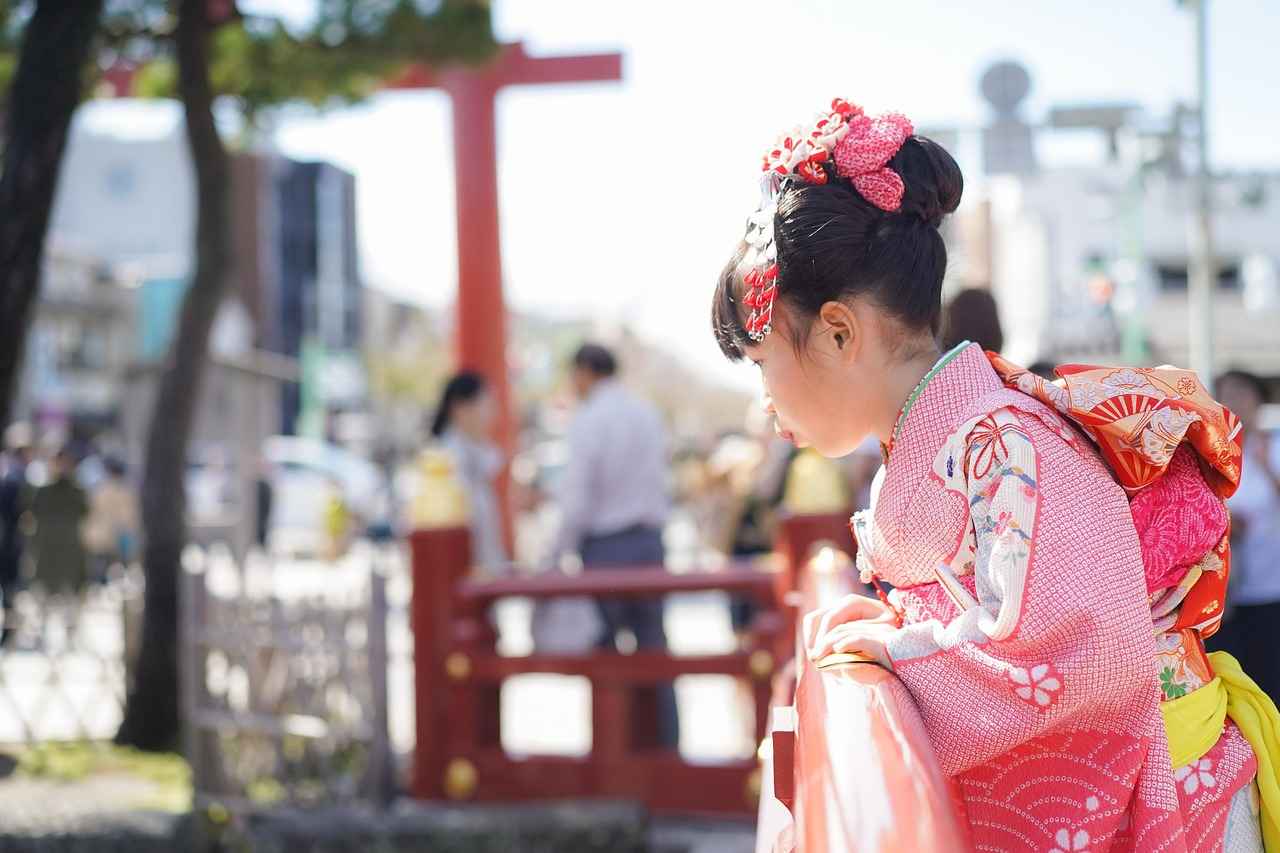
The Symbolic Colors and Patterns of Obi
The kimono obi is more than just a decorative accessory; it is a canvas that conveys rich cultural narratives through its colors and patterns. Each design element carries significant meanings, reflecting the wearer’s emotions, social status, and even the seasons. This section delves into the profound symbolism behind these designs, illustrating their cultural relevance in Japanese tradition.
Colors and Their Meanings
- Red: Symbolizes happiness, good fortune, and joy, often worn during celebrations such as weddings.
- Blue: Represents calmness and tranquility, associated with the sky and water.
- Green: Signifies growth, fertility, and harmony, often linked to nature.
- Black: While it can denote formality and elegance, it is also associated with mourning.
- Gold: Represents wealth and prosperity, often used in festive occasions.
Patterns and Their Cultural Significance
Patterns on the obi are often steeped in tradition, each telling a unique story or representing significant cultural motifs. For example:
- Asanoha: The hemp leaf pattern symbolizes growth and resilience.
- Seigaiha: The blue ocean wave pattern represents peace and good luck.
- Kikkō: The tortoise shell pattern signifies longevity and good fortune.
These designs not only enhance the aesthetic appeal of the obi but also connect the wearer to their heritage, showcasing a deep respect for tradition and the natural world. In contemporary fashion, these symbolic elements continue to inspire, bridging the gap between past and present.
In conclusion, the colors and patterns of the kimono obi serve as a vibrant expression of cultural identity and emotional depth, enriching the experience of wearing traditional Japanese attire.
Colors and Their Meanings
The kimono obi is not just a fashion accessory; it is a rich tapestry of cultural symbolism and emotional expression. Each color used in obi designs carries a specific meaning, deeply rooted in traditional Japanese beliefs and practices. Understanding these colors can enhance appreciation for the artistry behind the obi and its role in Japanese culture.
| Color | Symbolism |
|---|---|
| Red | Represents joy, happiness, and celebration. Often worn during festive occasions. |
| White | Symbolizes purity and innocence. Frequently used in weddings and religious ceremonies. |
| Black | Associated with elegance and formality, but can also signify mourning in certain contexts. |
| Blue | Represents calmness and tranquility, often chosen for its soothing qualities. |
| Green | Symbolizes nature and growth, reflecting harmony and balance. |
| Gold | Represents wealth and prosperity, often used in formal wear to signify status. |
In addition to these meanings, the combination of colors can create a complex emotional palette. For example, a red and white obi may symbolize a joyous occasion, while a black and gold combination might convey sophistication and elegance. Understanding these nuances allows wearers to express their sentiments and cultural identity effectively.
As we explore the world of kimono obis, it becomes evident that colors are not merely decorative; they are imbued with cultural significance that resonates through generations. The thoughtful selection of colors in obi designs reflects the wearer’s emotions and intentions, making each obi a unique story waiting to be told.
Patterns and Their Cultural Significance
Patterns on the kimono obi are not merely decorative; they are rich with cultural significance and often tell intricate stories that reflect Japan’s history and traditions. Each design element serves a purpose, conveying messages about the wearer’s identity, status, and even aspirations.
Historically, these patterns have evolved alongside Japanese society, adapting to cultural shifts while retaining their essential meanings. For instance, floral motifs often symbolize growth and renewal, reflecting the transient beauty of nature, while geometric patterns can signify stability and order, representing the harmony sought in life.
Among the most common patterns are:
- Asanoha (hemp leaf): Represents growth and resilience.
- Seigaiha (blue ocean waves): Symbolizes peace and good fortune.
- Kikkō (tortoise shell): Represents longevity and good luck.
- Tachiwaki (rising waves): Signifies prosperity and success.
Each pattern carries its own historical context. For example, the use of Asanoha dates back to the Edo period, where it was often worn by young women as a symbol of their potential and vitality. Similarly, Seigaiha has been used in various art forms throughout Japanese history, symbolizing the endless cycle of life and the interconnectedness of all things.
In modern times, these patterns continue to influence not only traditional garments but also contemporary fashion, illustrating the enduring legacy of the obi in Japanese culture. Designers today reinterpret these motifs, bringing them into a global context while honoring their rich heritage.
In conclusion, the patterns found on the kimono obi are a fascinating reflection of Japan’s cultural tapestry, encapsulating stories and values that have been passed down through generations. Understanding these designs enhances our appreciation of the obi and its role in Japanese society.
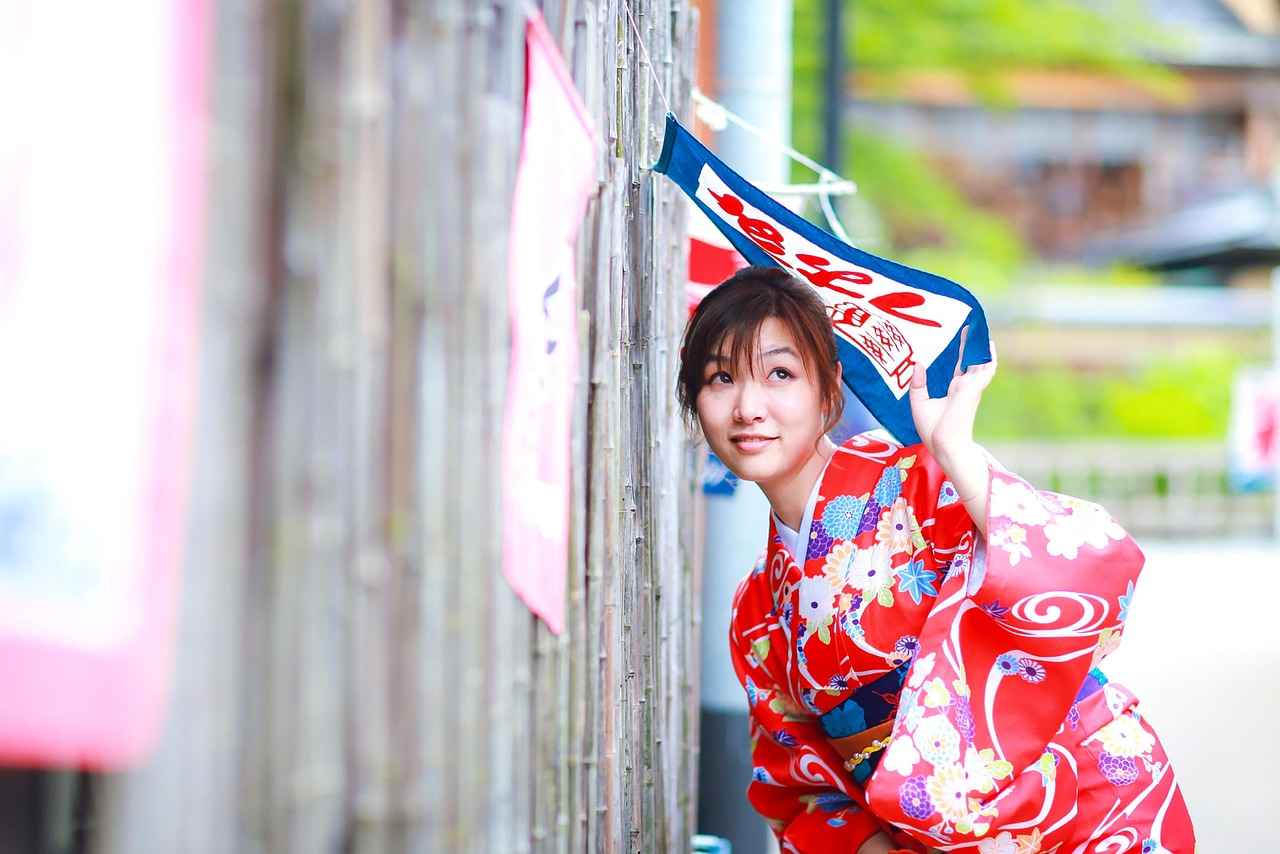
Wearing the Obi: Techniques and Styles
The obi is more than just a decorative belt worn with a kimono; it is a significant element that conveys cultural messages and reflects personal style. The way an obi is tied and styled can vary greatly depending on the occasion, the wearer’s preferences, and the specific type of obi being used. This section provides practical insights into the various techniques for tying and styling the obi, ensuring that you can express your unique identity while honoring tradition.
Tying Techniques
- Taiko Musubi: This is one of the most popular and recognized tying methods, often used for formal occasions. The knot resembles a drum and is typically placed at the back, creating a balanced appearance.
- Otaiko Musubi: Slightly less formal, this technique is characterized by a more relaxed knot, suitable for casual gatherings or traditional ceremonies.
- Shigoki Musubi: This technique features a more intricate knot and is often used for festive occasions, showcasing the wearer’s creativity and flair.
Styling Tips for Different Occasions
- Formal Events: Opt for a Fukuro obi with a Taiko musubi. This combination is elegant and appropriate for weddings or formal ceremonies.
- Casual Outings: Choose a simpler obi style, like the Hanhaba obi, paired with a relaxed knot. This is perfect for informal gatherings or festivals.
- Cultural Celebrations: For events like the Coming of Age Day, a vibrant obi with elaborate patterns can enhance your outfit and pay homage to tradition.
By mastering these tying techniques and styling tips, you can effectively communicate your personal style while respecting the rich heritage of the kimono and obi. Whether you are dressing for a formal event or a casual outing, the right obi can elevate your ensemble and reflect your unique personality.
Tying Techniques
play a crucial role in the overall appearance and symbolism of the kimono obi. The way an obi is tied not only affects its aesthetic appeal but also conveys specific meanings and cultural significance within Japanese tradition. This section explores various popular tying techniques, their styles, and the messages they communicate.
- Taiko Musubi: This is perhaps the most recognized obi knot, often associated with formal occasions. Its name translates to “drum knot,” reflecting its round shape. The Taiko Musubi signifies elegance and is commonly worn by brides and during ceremonial events.
- Yanagi Musubi: Known as the “willow knot,” this technique is characterized by its soft, flowing lines. The Yanagi Musubi is often chosen for casual gatherings and represents a more relaxed yet stylish approach to wearing the obi.
- Otaiko Musubi: Similar to the Taiko but with variations in size and style, the Otaiko Musubi is versatile and can be adapted for both formal and informal settings. This knot embodies a sense of tradition while allowing for personal expression.
- Chidori Musubi: This intricate knot resembles a plover bird in flight and is often used for special occasions. The Chidori Musubi symbolizes grace and is a popular choice for festive events, showcasing the wearer’s attention to detail.
Each of these tying techniques carries its own unique significance, influencing not only the visual impact of the obi but also the cultural messages conveyed. Understanding these methods enhances appreciation for the art of kimono dressing and the deep-rooted traditions they represent.
In summary, the way an obi is tied is much more than a simple fashion choice; it is a reflection of cultural heritage and personal expression. By mastering these techniques, one can fully embrace the beauty and significance of the kimono obi in Japanese culture.
Styling Tips for Different Occasions
Choosing the right obi for specific events is crucial in Japanese culture. The obi, a traditional sash worn with a kimono, not only serves a functional purpose but also enhances the overall aesthetic of the attire. Understanding how to select the perfect obi can elevate your outfit and convey the appropriate message for various occasions.
When considering which obi to wear, it is essential to take into account the formality of the event. For formal gatherings such as weddings or tea ceremonies, a Fukuro obi or a Maru obi is recommended. These styles are characterized by their luxurious fabrics and intricate designs, making them suitable for significant celebrations. In contrast, for casual outings or festivals, a simpler Haneri obi may be more appropriate, as it offers comfort while still maintaining a stylish appearance.
Another factor to consider is the color and pattern of the obi. Each color carries its own symbolism; for example, red is often associated with happiness and celebration, while blue may symbolize calmness. Choosing an obi with a design that reflects the theme of the event can enhance your overall look. For instance, floral patterns are ideal for spring events, while geometric designs may suit more modern gatherings.
Additionally, pay attention to the season when selecting your obi. Lighter fabrics and colors are typically worn during warmer months, while richer, darker tones are favored in the fall and winter. This seasonal consideration not only aligns with fashion norms but also respects cultural traditions.
Finally, accessorizing your obi with complementary items such as an obijime (decorative cord) or a haneri (collar) can create a cohesive and polished appearance. These small details can significantly enhance the overall impact of your kimono ensemble.
In conclusion, selecting the right obi involves considering the event’s formality, color symbolism, seasonal appropriateness, and thoughtful accessorizing. By following these styling tips, you can confidently choose the perfect obi that honors tradition while expressing your personal style.
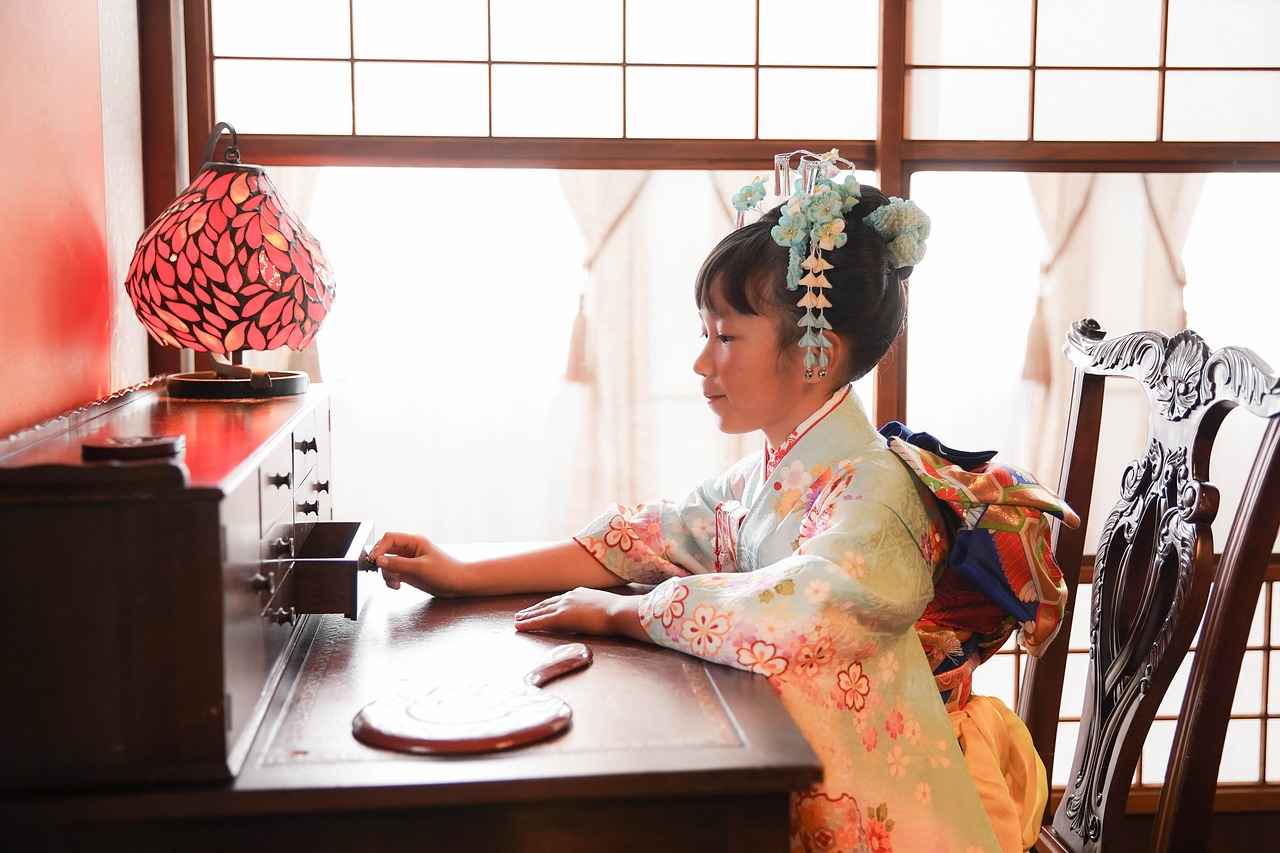
Modern Interpretations of the Obi
The obi, a traditional Japanese sash, has undergone a remarkable transformation in contemporary fashion, merging its rich heritage with modern aesthetics. This section delves into the innovative ways designers are reinterpreting the obi, making it a relevant accessory in today’s style landscape.
In recent years, fashion designers have embraced the obi’s versatility, integrating its elements into various clothing styles. For instance, the obi is now being used not only in traditional kimonos but also in casual wear, street fashion, and high-end couture. Designers like Issey Miyake and Yohji Yamamoto have pioneered this trend, showcasing how the obi can enhance both structure and fluidity in garments.
One of the most exciting developments is the use of the obi in layered outfits. By pairing the obi with contemporary pieces such as oversized jackets or flowing dresses, stylists create a striking contrast that honors tradition while appealing to modern sensibilities. This fusion allows wearers to express their individuality and cultural appreciation simultaneously.
Moreover, the incorporation of bold colors and creative patterns in obi designs reflects current fashion trends. Designers are experimenting with materials like denim, leather, and even sustainable fabrics, broadening the obi’s appeal beyond its traditional silk origins. This shift not only revitalizes the obi but also invites a younger audience to engage with this iconic accessory.
Additionally, the global influence of the obi cannot be overlooked. It has inspired international designers, leading to collaborations that celebrate its cultural significance while introducing it to new markets. Events such as Fashion Weeks around the world often feature collections that pay homage to the obi, showcasing its adaptability and timelessness.
In conclusion, the modern interpretations of the obi exemplify a beautiful blend of tradition and innovation. As designers continue to explore new avenues for this classic accessory, the obi remains a testament to the enduring legacy of Japanese culture in the world of fashion.
Fashion Forward: Obi in Contemporary Wear
In recent years, the kimono obi has transcended its traditional roots, finding a place in the wardrobes of modern fashion enthusiasts. This shift is not merely a trend but a celebration of cultural heritage, as contemporary designers are reinterpreting the obi in innovative ways that resonate with today’s style sensibilities.
Notable designers such as Issey Miyake and Yohji Yamamoto have been at the forefront of this movement, incorporating obi elements into their collections. These designers skillfully blend traditional craftsmanship with modern aesthetics, creating pieces that honor the past while appealing to a global audience. For instance, Miyake’s use of bold colors and textures in his garments often reflects the intricate patterns found in obi, while Yamamoto’s designs emphasize the obi’s structural qualities, showcasing its versatility.
Moreover, the rise of streetwear has further propelled the obi into the spotlight. Designers are experimenting with oversized silhouettes and layering techniques that feature obi-inspired belts, allowing for a fresh take on this classic accessory. This fusion of styles not only makes the obi accessible to a younger demographic but also encourages a dialogue between tradition and modernity.
Furthermore, the global influence of the obi is evident in collaborations between Japanese designers and international fashion houses. These partnerships often result in unique collections that celebrate cultural exchange, highlighting how the obi can be seamlessly integrated into various fashion contexts.
As we explore the future of the obi in fashion, it is clear that its rich history and cultural significance will continue to inspire designers. The modern reinterpretation of the obi not only enriches contemporary fashion but also ensures that this beautiful symbol of Japanese heritage remains relevant in today’s fast-paced world.
Global Influence of the Obi
The obi, a traditional sash worn with the kimono, has transcended its origins in Japan to make a significant mark on global fashion. This article explores the , highlighting its adoption in various international fashion scenes and its cultural significance.
Initially rooted in Japanese culture, the obi has been embraced by designers and fashion enthusiasts around the world. Its unique structure and aesthetic appeal have inspired countless adaptations, leading to innovative designs that blend traditional elements with contemporary styles. This fusion is evident in fashion weeks across major cities, where designers showcase collections that incorporate obi-inspired silhouettes and details.
| Country | Fashion Influence |
|---|---|
| United States | Incorporation of obi belts in casual and evening wear. |
| France | High fashion runways featuring obi-style wraps. |
| Italy | Use of obi motifs in textile designs. |
Furthermore, the obi’s cultural significance extends beyond mere aesthetics. It symbolizes heritage and identity, and its adoption in global fashion often comes with a deep appreciation for its origins. Fashion designers who incorporate the obi into their work often emphasize the importance of respecting and honoring its traditional meanings.
In addition to haute couture, the obi has found its way into street fashion, where it is reimagined in various forms. From belts to accessories, the obi’s versatility allows it to adapt to different styles and trends, making it a beloved component in wardrobes worldwide.
In conclusion, the is a testament to its timeless appeal and cultural richness. As fashion continues to evolve, the obi stands as a bridge between tradition and modernity, inspiring creativity and fostering appreciation for Japanese culture on a global scale.
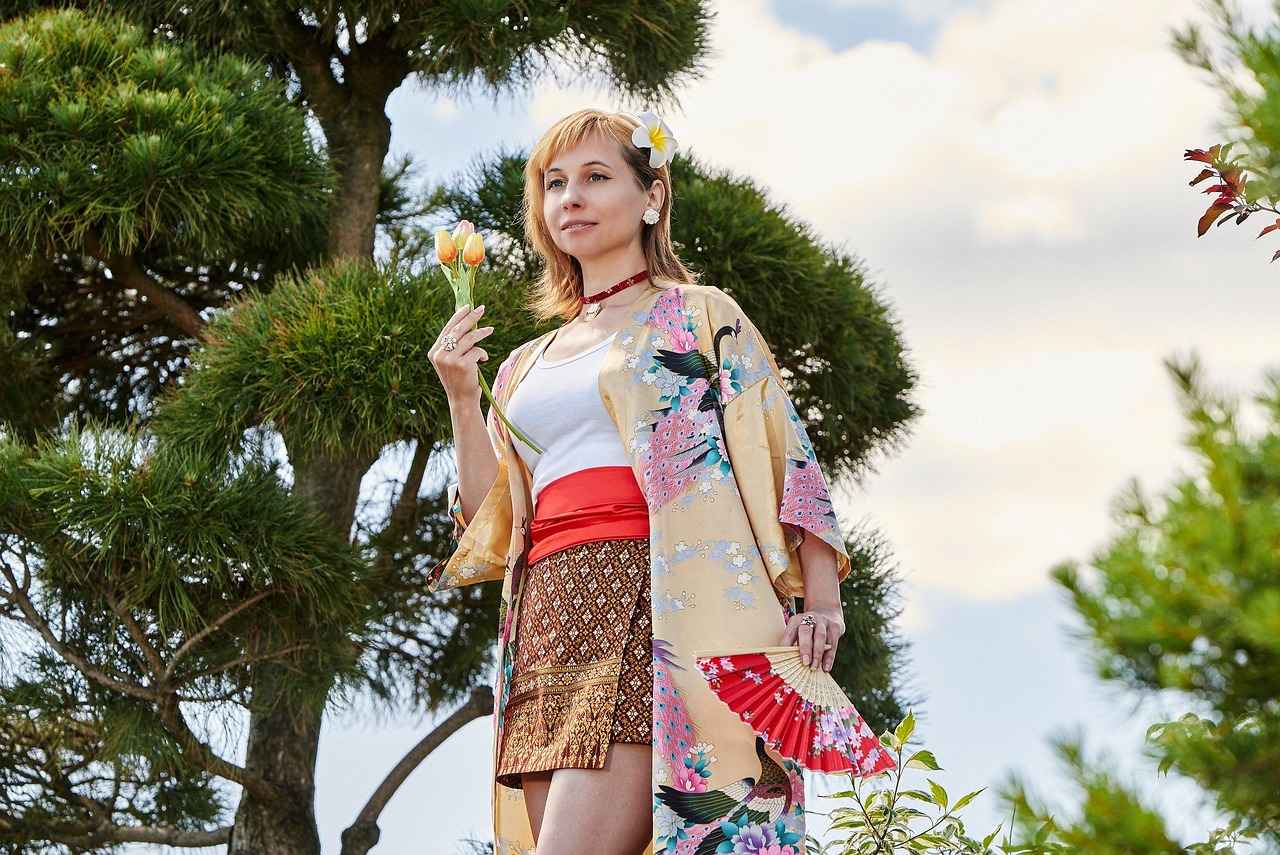
Conclusion: The Enduring Legacy of the Obi
The kimono obi is not just a beautiful accessory; it is a profound representation of Japanese culture that intertwines history, artistry, and emotion. As we explore the significance of the obi, we uncover the layers of meaning embedded within its fabric, colors, and patterns. The obi has evolved over centuries, transitioning from a practical garment to a symbol of cultural identity, showcasing the rich heritage of Japan.
The historical roots of the obi can be traced back to ancient Japan, where it was initially designed for functionality. Over time, it transformed into a statement piece, reflecting the wearer’s social status and personal style. This evolution speaks to the dynamic nature of Japanese fashion and its ability to adapt while preserving tradition.
There are various types of obi, each with its unique characteristics and purposes. For example, the Fukuro obi, often worn during formal occasions, is celebrated for its elegance, while the Maru obi is synonymous with luxury and grandeur, typically used in traditional ceremonies. Understanding these distinctions enhances our appreciation of the obi as more than just an accessory but as a vital component of the kimono ensemble.
Colors and patterns on the obi carry deep cultural meanings. Each hue symbolizes different emotions and beliefs, while the intricate designs often tell stories or represent significant cultural motifs. This connection between the obi’s appearance and its symbolism enriches the experience of wearing it.
As we look to the future, the obi continues to inspire modern fashion, blending traditional elements with contemporary designs. This fusion not only keeps the obi relevant but also ensures that its legacy endures in a rapidly changing world.
In conclusion, the kimono obi remains a powerful symbol of Japanese culture, embodying tradition, artistry, and emotion. Its ongoing relevance highlights the importance of preserving this cherished aspect of Japan’s cultural heritage for future generations.
Frequently Asked Questions
- What is the purpose of the kimono obi?
The kimono obi serves multiple purposes. Not only does it hold the kimono in place, but it also acts as a beautiful accessory that enhances the overall aesthetic of the outfit. It’s like the cherry on top of a sundae, adding that final touch of elegance!
- Are there different types of obi for various occasions?
Absolutely! There are various types of obi, such as the Fukuro obi for formal events and the Maru obi for luxury occasions. Each type has its unique style and significance, much like choosing the right outfit for a job interview or a wedding!
- What do the colors on an obi symbolize?
The colors of an obi are steeped in meaning. For instance, red often symbolizes joy and happiness, while white represents purity. It’s fascinating how each color tells a story, much like how a painter chooses colors to convey emotions on canvas!
- Can I wear an obi in modern fashion?
Definitely! The obi has made its way into contemporary fashion, with designers creatively incorporating its elements into modern outfits. It’s a perfect blend of tradition and trend, making it a stylish choice for today’s fashionistas!
- How do I tie an obi properly?
Tying an obi can seem tricky, but with a little practice, you can master it! There are various tying techniques, each with its own flair. Think of it as learning to tie your shoelaces—once you get the hang of it, it becomes second nature!






